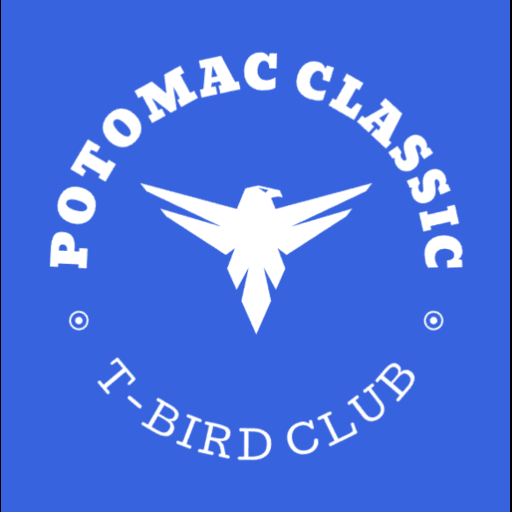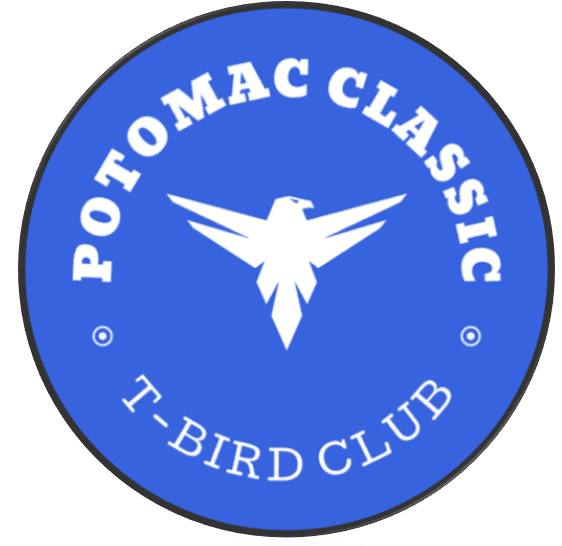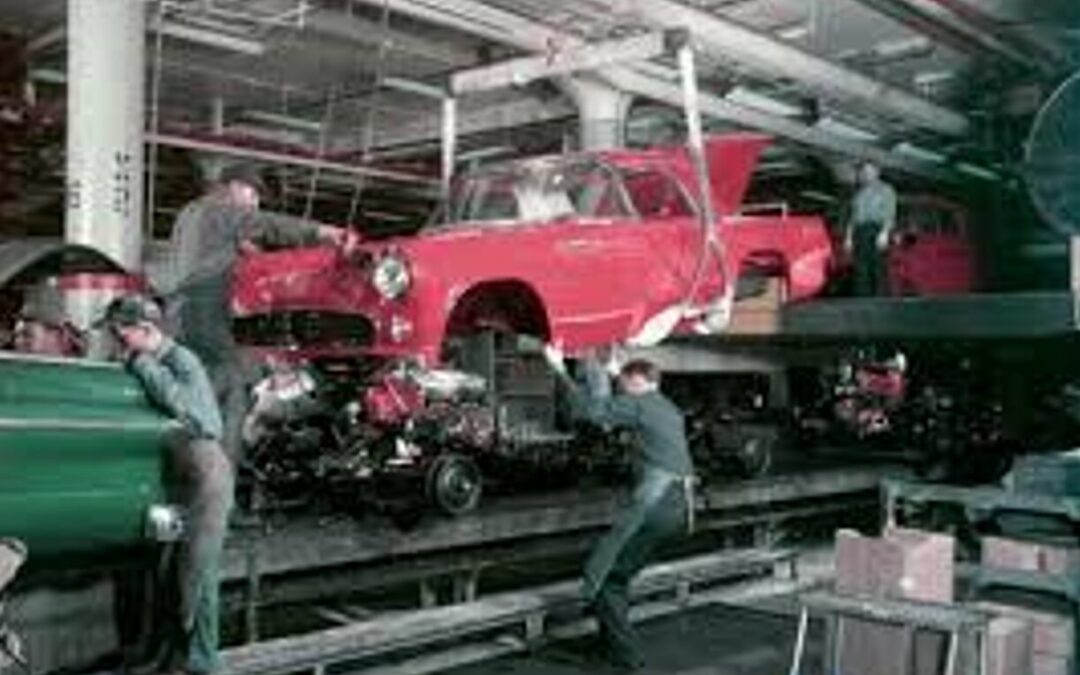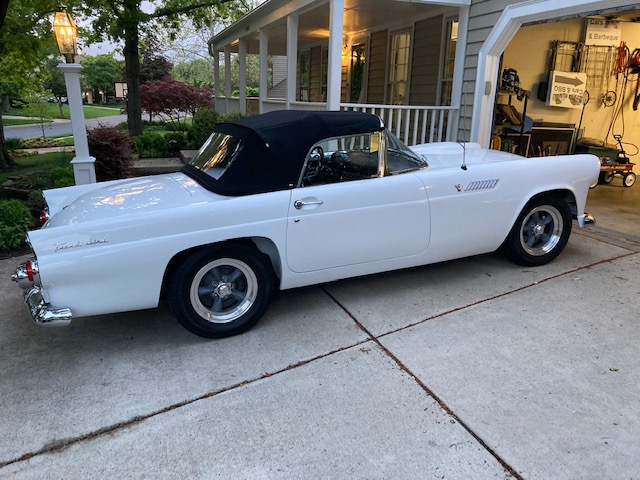
Thunderbird Turmoil: A Tale of Three Virginians
by James Luehrs | Apr 15, 2024 | Funny Stories
In the quaint town of Roanoke, Virginia, lived three men who were as inseparable as peanut butter and jelly: Tom, Dick, and Harry. They weren’t just buddies; they were like brothers, sharing everything from their deepest secrets to their favorite barbecue joints. But there was one thing that always sparked a fiery debate whenever they got together: their beloved Thunderbirds.
Tom, with his rugged charm and a grin that could charm the socks off a snake, was the proud owner of a cherry red 1955 Thunderbird. He treated it like his firstborn child, polishing it to a mirror shine and babying it with the tenderness of a doting parent.
Dick, the suave ladies’ man with a twinkle in his eye and a penchant for mischief, cruised around in a sleek 1956 Ford Thunderbird, painted in a shade of blue that matched his eyes. He swore by its superior design and performance, claiming it was the epitome of automotive perfection.
And then there was Harry, the wise-cracking joker with a heart of gold, who strutted about town in his flashy 1957 Ford Thunderbird, complete with tailfins that could slice through the air like a hot knife through butter. He boasted about its futuristic style and unmatched elegance, convinced it was the king of the road.
Whenever the trio gathered at their favorite watering hole, the “Thunderbird Tavern,” you could bet your bottom dollar that sparks would fly faster than a rocket launch at Cape Canaveral.
“Tom, you may think your ’55 is a beauty, but my ’56 has got the curves and the class,” Dick would argue, swirling his whiskey on the rocks with a smirk.
“Oh please, Dick. Your ’56 might be alright, but my ’57 is the cream of the crop. Just look at those fins! It’s like flying on wheels,” Harry would retort, sipping his beer with a flourish.
Tom would lean back in his chair, a mischievous glint in his eye. “Boys, boys, boys. You’re both living in the past. My ’55 is a timeless classic, a true American icon. No amount of tailfins or fancy gadgets can compare to its raw, unadulterated charm.”
And so it went, round after round, as they debated the merits of their respective Thunderbirds with the fervor of politicians on the campaign trail. The other patrons of the tavern would shake their heads in amusement, accustomed to the trio’s antics.
But one fateful day, their friendly banter took a hilarious turn when they decided to settle the score once and for all with a good old-fashioned race down Main Street. The entire town buzzed with excitement as word spread like wildfire, and soon, the streets were lined with spectators eager to witness the showdown of the century.
With engines roaring and tires screeching, Tom, Dick, and Harry revved up their Thunderbirds, their faces set in determined grimaces as they prepared to unleash the full might of their beloved cars. The countdown began, and in a flurry of smoke and dust, they were off like a shot, hurtling down the asphalt at breakneck speed.
But as fate would have it, their race was short-lived, as all three Thunderbirds sputtered and stalled within seconds of each other, leaving Tom, Dick, and Harry stranded in the middle of Main Street, blinking in disbelief as the townsfolk erupted into laughter.
As they pushed their beloved cars to the side of the road, their pride bruised but their spirits unbroken, Tom, Dick, and Harry shared a hearty laugh, realizing that in the end, it wasn’t about whose Thunderbird was better, but the bond they shared as friends.
And so, with their arms slung around each other’s shoulders, they strolled back to the Thunderbird Tavern, ready to toast to the camaraderie that would always be worth more than any vintage car. And as the sun set over the sleepy town of Roanoke, the laughter of three friends echoed through the night, a testament to the enduring power of friendship and the hilarity that ensues when three men named Tom, Dick, and Harry, from Virginia, argue about their Thunderbirds.


